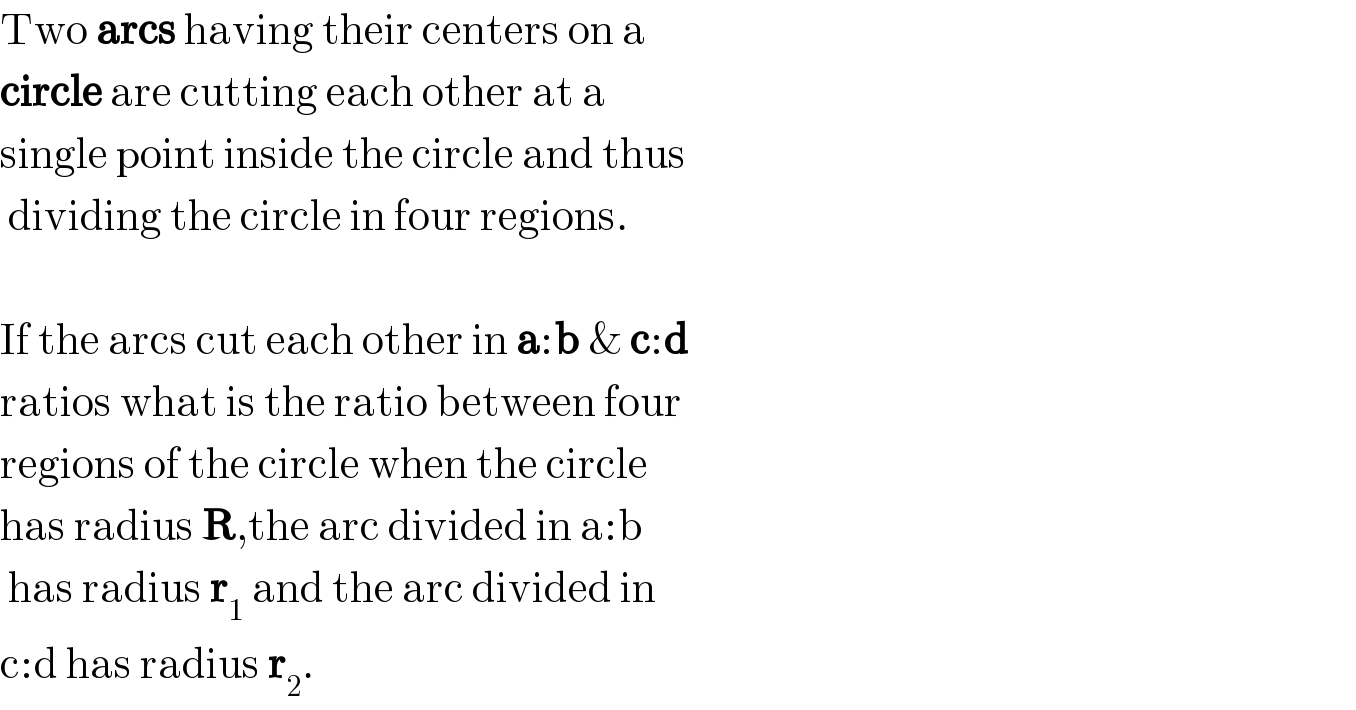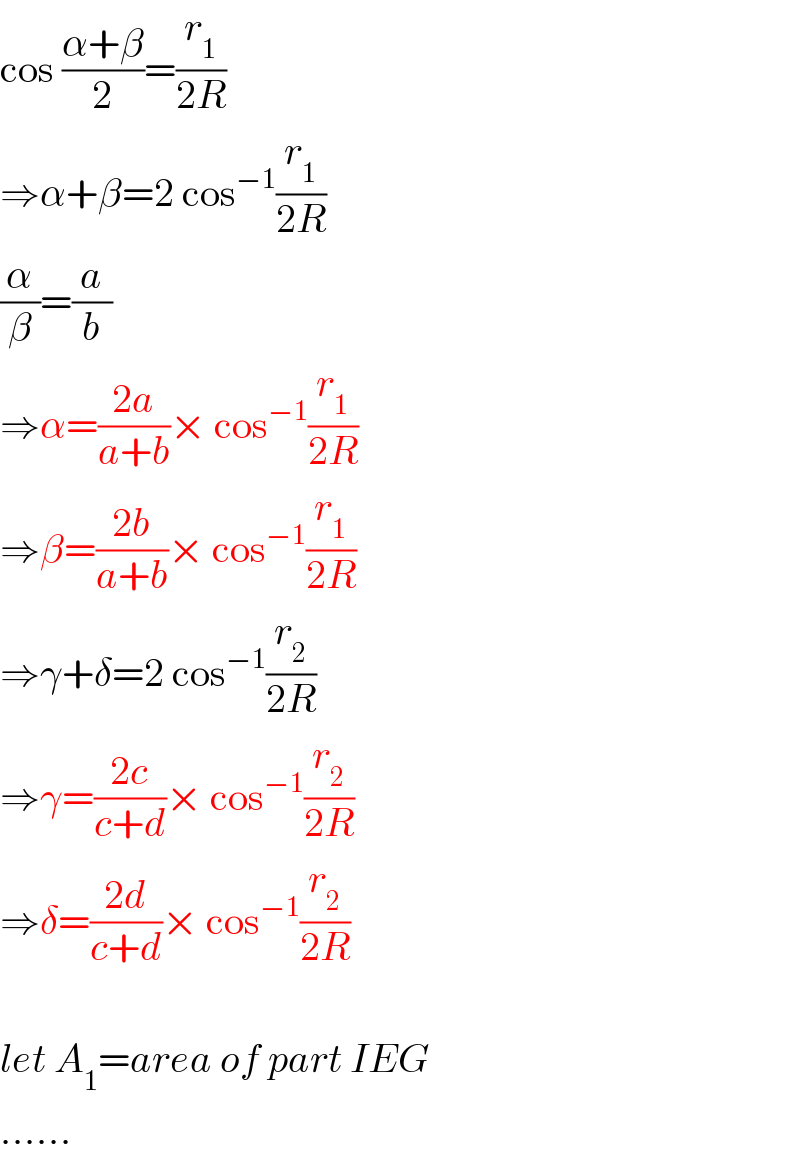
Question and Answers Forum
Question Number 68761 by Rasheed.Sindhi last updated on 15/Sep/19

Commented byRasheed.Sindhi last updated on 15/Sep/19

Answered by mr W last updated on 18/Sep/19

Commented bymr W last updated on 18/Sep/19

| ||
Question and Answers Forum | ||
Question Number 68761 by Rasheed.Sindhi last updated on 15/Sep/19 | ||
 | ||
Commented byRasheed.Sindhi last updated on 15/Sep/19 | ||
 | ||
Answered by mr W last updated on 18/Sep/19 | ||
 | ||
Commented bymr W last updated on 18/Sep/19 | ||
 | ||